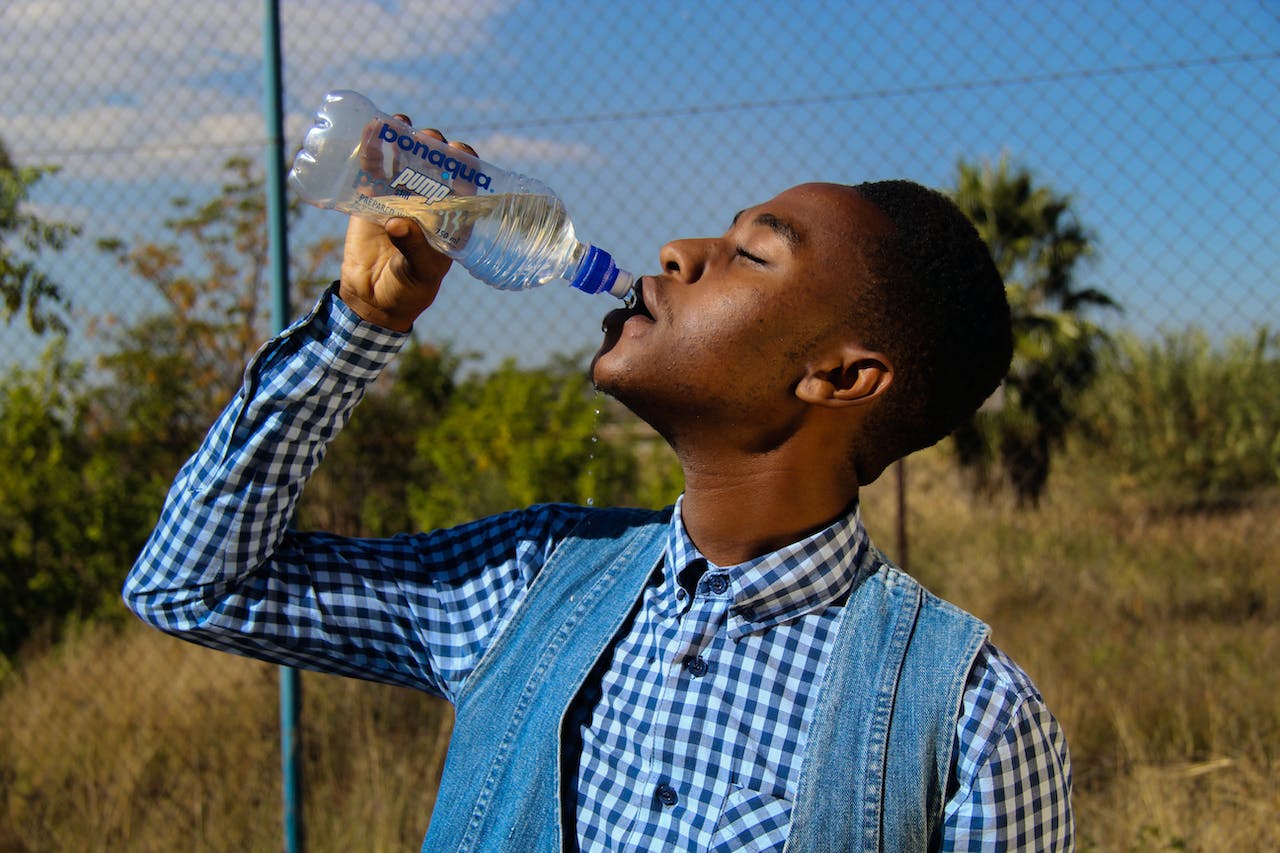Introduction
Maladaptive daydreaming is a complex psychological phenomenon characterized by immersive and excessive daydreaming that disrupts daily functioning. Understanding the underlying causes and triggers of maladaptive daydreaming is crucial for developing effective interventions and support systems for individuals affected by this condition.
Psychological Framework of Maladaptive Daydreaming
To comprehend maladaptive daydreaming, one must delve into the psychological mechanisms that underlie it. This involves exploring the intricate relationship between imagination, fantasy, and cognitive processes. By understanding the psychological framework of maladaptive daydreaming, we can gain insights into its causes and triggers.
Causes of Maladaptive Daydreaming
Various factors contribute to the development of maladaptive daydreaming, including childhood trauma and the need for escapism. Individuals may turn to excessive daydreaming as a coping mechanism to deal with past trauma or adverse experiences. Additionally, personality traits and temperament play a role in predisposing individuals to engage in maladaptive daydreaming as a way to escape reality.
Triggers for Maladaptive Daydreaming
Maladaptive daydreaming often occurs in response to specific triggers such as stress, anxiety, and boredom. When faced with overwhelming emotions or mundane situations, individuals may retreat into elaborate fantasies as a means of self-soothing or distraction. Understanding these triggers is essential for identifying strategies to manage and reduce maladaptive daydreaming episodes.
Cognitive Factors Influencing Maladaptive Daydreaming
Cognitive disinhibition, or the inability to filter out irrelevant information, is a common cognitive factor associated with maladaptive daydreaming. Individuals with maladaptive daydreaming may struggle to differentiate between reality and fantasy, leading to immersive and intense daydreaming episodes.
Emotional Factors Contributing to Maladaptive Daydreaming
Emotional regulation plays a significant role in maladaptive daydreaming, with individuals using daydreaming as a coping mechanism to regulate their emotions. The emotional investment in fantasies can provide temporary relief from negative feelings or stressors, reinforcing the behavior over time.
Social and Environmental Influences
Social isolation and loneliness can exacerbate maladaptive daydreaming, as individuals may turn to daydreaming as a substitute for meaningful social interactions. Additionally, the influence of media and entertainment can shape individuals’ fantasies and contribute to the development of maladaptive daydreaming patterns.
Neurobiological Underpinnings
Research suggests that maladaptive daydreaming may be associated with specific brain regions involved in imagination and daydreaming, such as the default mode network. Furthermore, neurochemical imbalances, such as abnormalities in dopamine or serotonin levels, may contribute to the development or maintenance of maladaptive daydreaming.
Developmental Perspective
Maladaptive daydreaming can have profound effects on psychological development, particularly when it interferes with social, academic, or occupational functioning. Understanding the long-term implications of maladaptive daydreaming on psychological functioning is essential for early intervention and support.
Conclusion
The psychology behind maladaptive daydreaming encompasses a range of factors, including cognitive, emotional, social, and neurobiological influences. By examining the causes and triggers of maladaptive daydreaming from a psychological perspective, we can develop more targeted interventions and support strategies to help individuals manage this condition effectively.




















